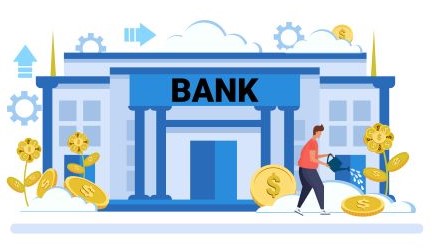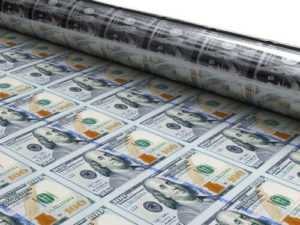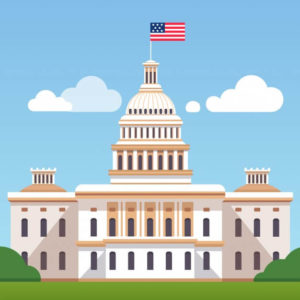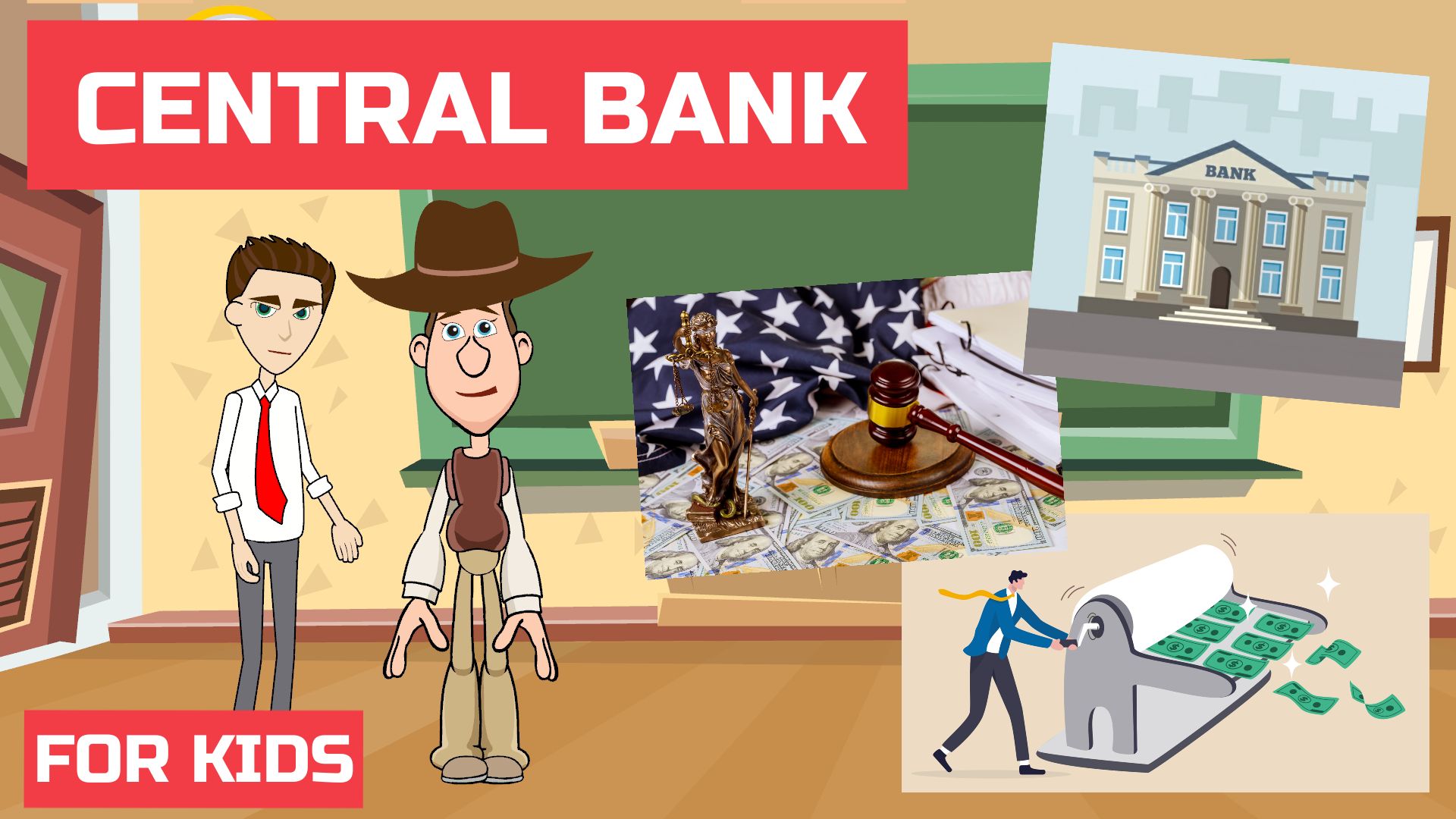Introduction to Central Bank for Kids and Teens
This video explains the concept of a central bank in a simple, concise way for kids and beginners. It could be used by kids & teens to learn about central banks, or used as a money & personal finance resource by parents and teachers as part of a Financial Literacy course or K-12 curriculum.

Suitable for students from grade levels:
- Elementary School
- Middle School
- High School
The topics covered are:
- What is a central bank
- What is the purpose of a central bank
- What else do central banks do
- Some examples of central banks
- Are central banks part of the government
What is a central bank?

A central bank is a financial institution that controls the creation and distribution of money for a specific country, or a group of countries.
Central banks also define monetary policies and laws, decide interest rates, and regulate banks in that country.
A central bank is also known as a reserve bank or monetary authority, and is often referred to as the banker’s bank.
What is the purpose of a central bank?
The main purpose of a central bank is to keep its country’s economy and financial system stable.
Through their monetary policies, they can increase or decrease the money supply as needed. Controlling interest rates ensures low unemployment, stable prices, and low inflation.
Regulating banks, including specifying the cash reserves the banks should maintain, makes sure that there is no misconduct and that peoples’ money is safe.
A central bank also acts as a lender of last resort and helps companies and even governments stay out of bankruptcy, which makes the country’s financial system more stable.
What else do central banks do?
Central banks can print money, provide banking services, manage foreign exchange reserves, supervise money transfer through interbank clearing systems, advise governments on financial policy, conduct economic research, etc.

Can you give me some examples of central banks?
Some of the main central banks are the US Federal Reserve, the European Central Bank, the Bank of Japan, and the Swiss National Bank.
Are central banks part of the government?
Most central banks are not government owned.
They are usually politically neutral, not-for-profit financial institutions that work in the best interest of the country, independent of the prevailing government.
Download Transcript: Ideal for Use by Teachers in their Lesson Plan to Teach Kids & Teens
Podcast: What is a Central Bank
Fun, informative and concise episodes by a 10-year old, breaking down complex financial concepts in a way that kids and beginners can understand. Episodes cover personal finance topics like saving, investing, banking, credit cards, insurance, real estate, mortgage, retirement planning, 401k, stocks, bonds, income tax, and more, and are in the form of a conversation between a cowboy (a finance novice) and his friend, a stock broker. Making finance your friend, only at Easy Peasy Finance.
A little bit about me: I have been fascinated with the world of personal finance since I was 6! I love to read personal finance books, and keep myself updated on the latest by reading various personal finance magazines. My friends often ask me questions about finance because they find it complex and intimidating. That’s what inspired me to start my YouTube channel called Easy Peasy Finance when I was 8, and this podcast 2 years later.
Everything you need to know about central banks: What is a central bank, What is the purpose of a central bank, What else do central banks do, Some examples of central banks, Are central banks part of the government, and more.
Show notes and transcript at: https://www.easypeasyfinance.com/central-bank-for-kids-teens-beginners/


